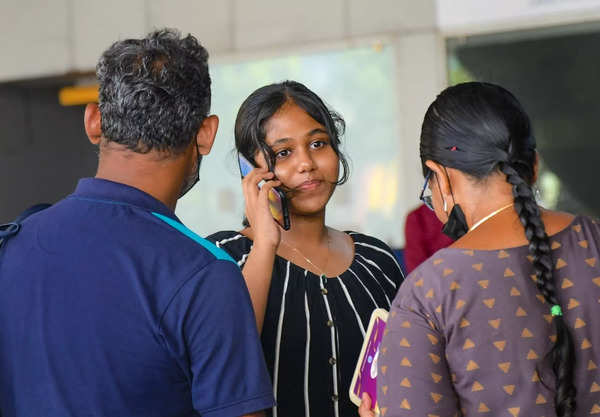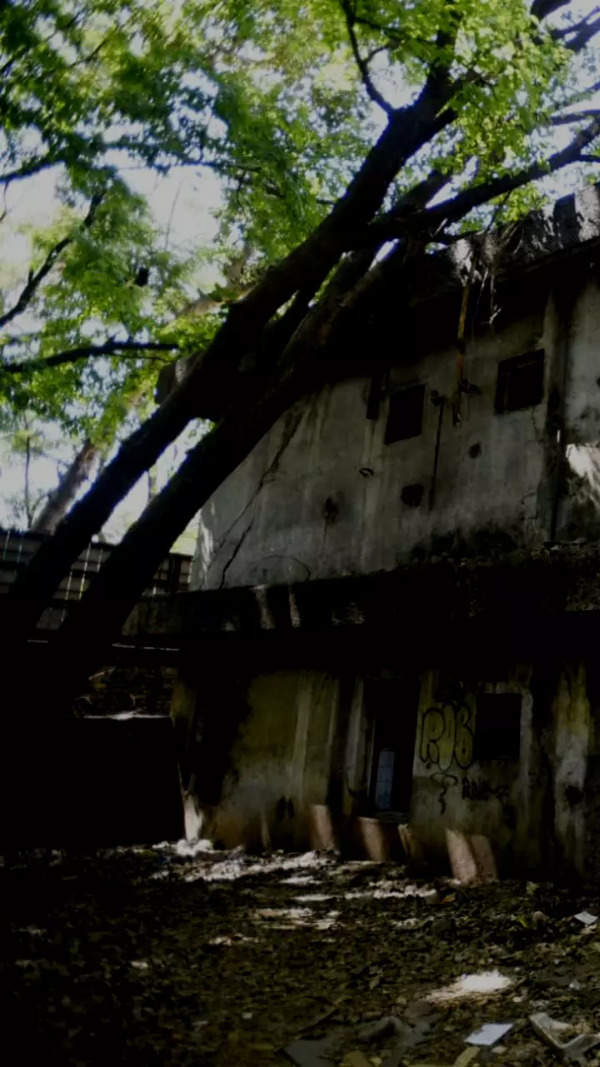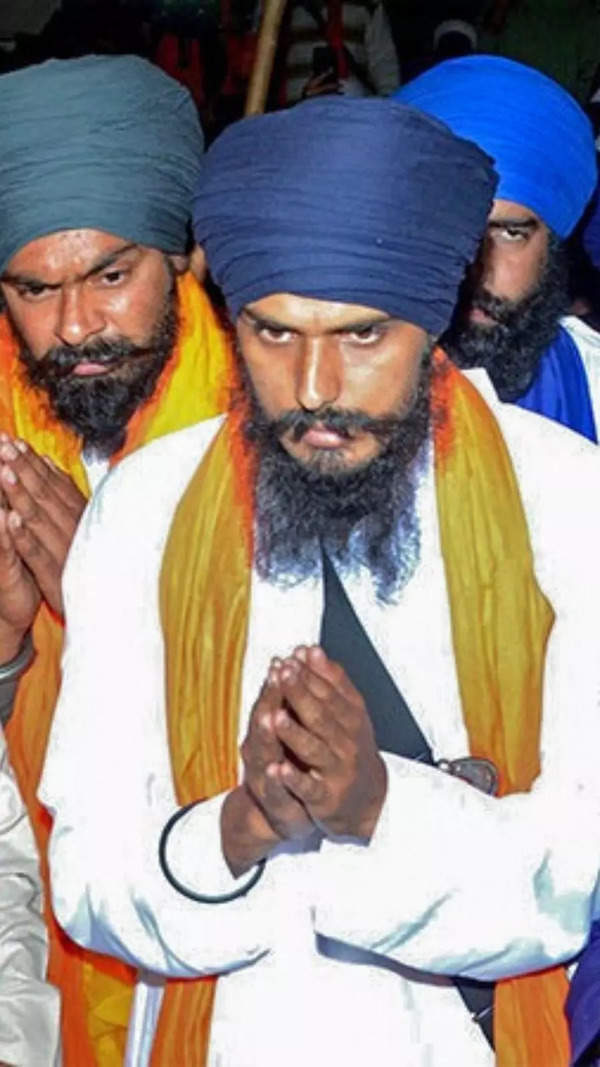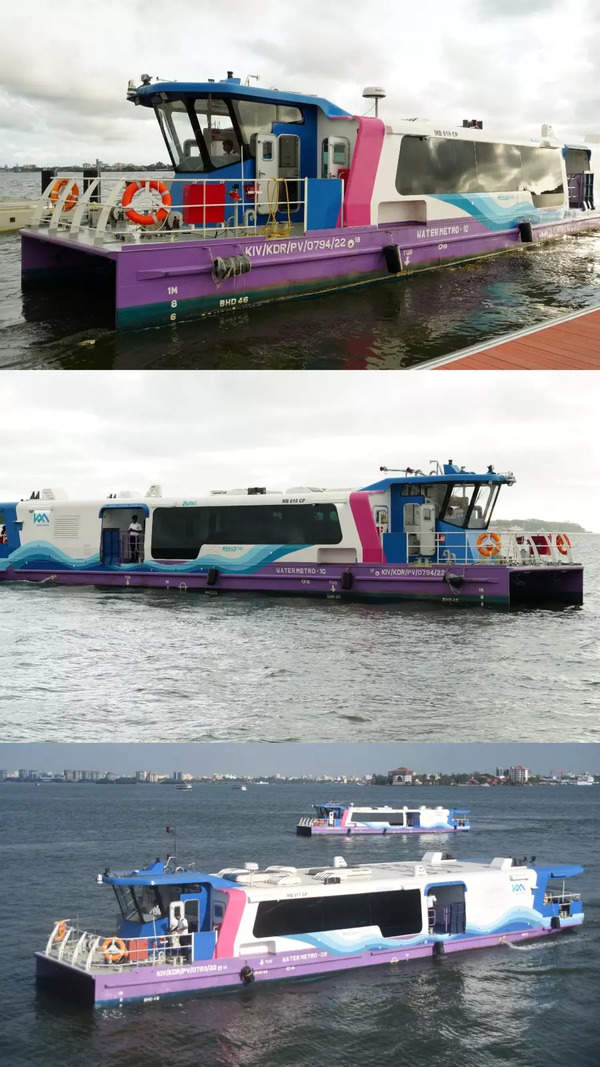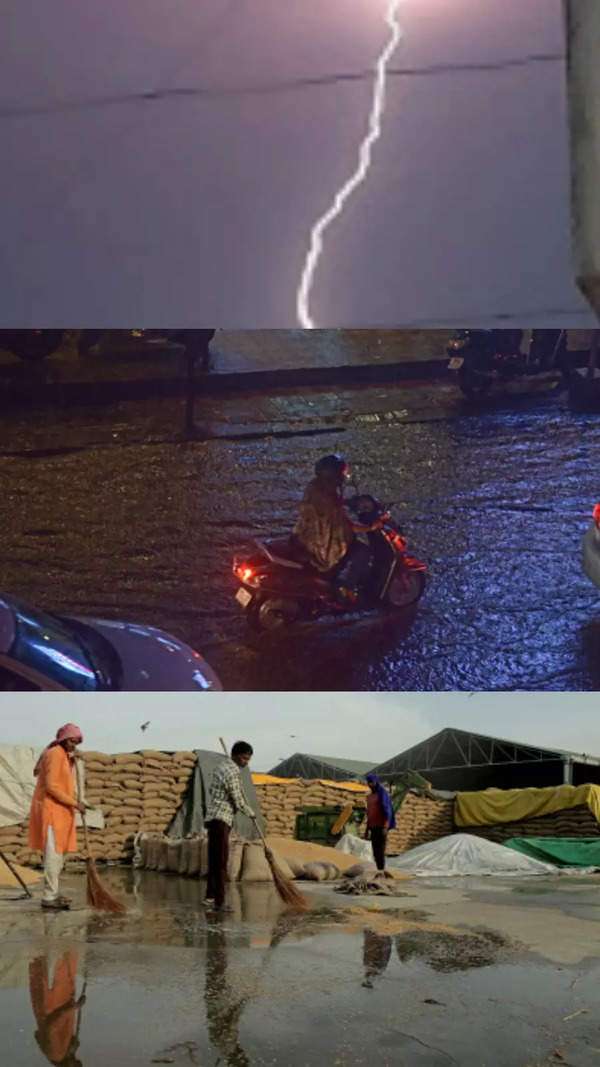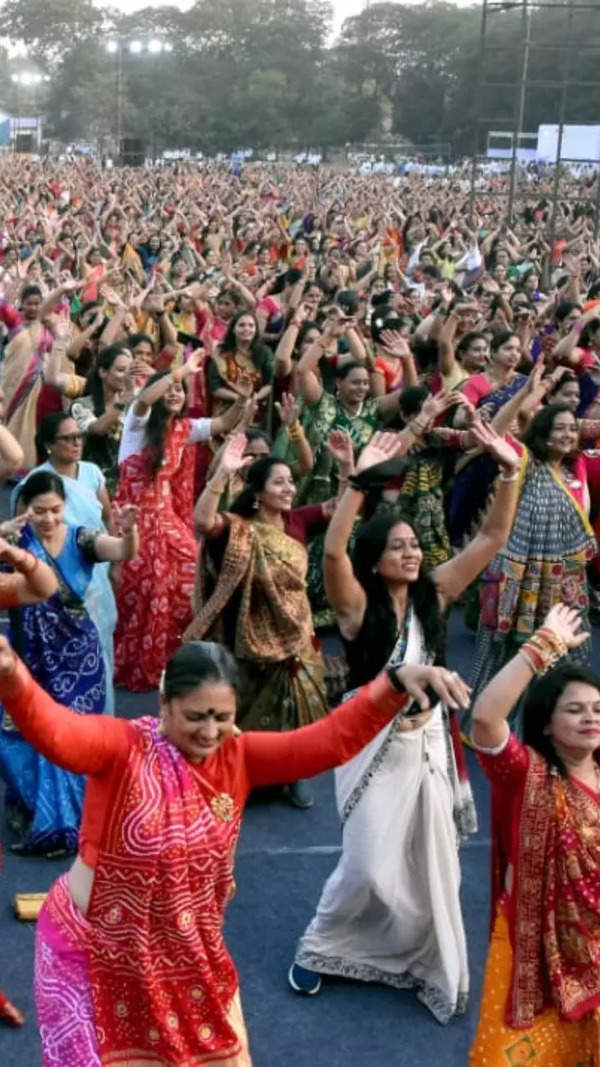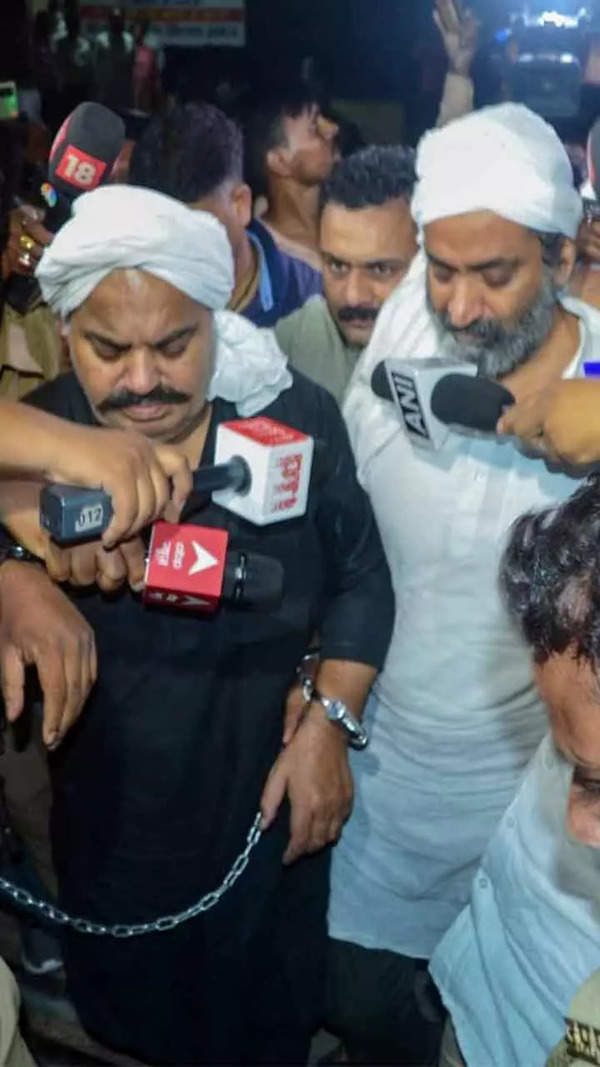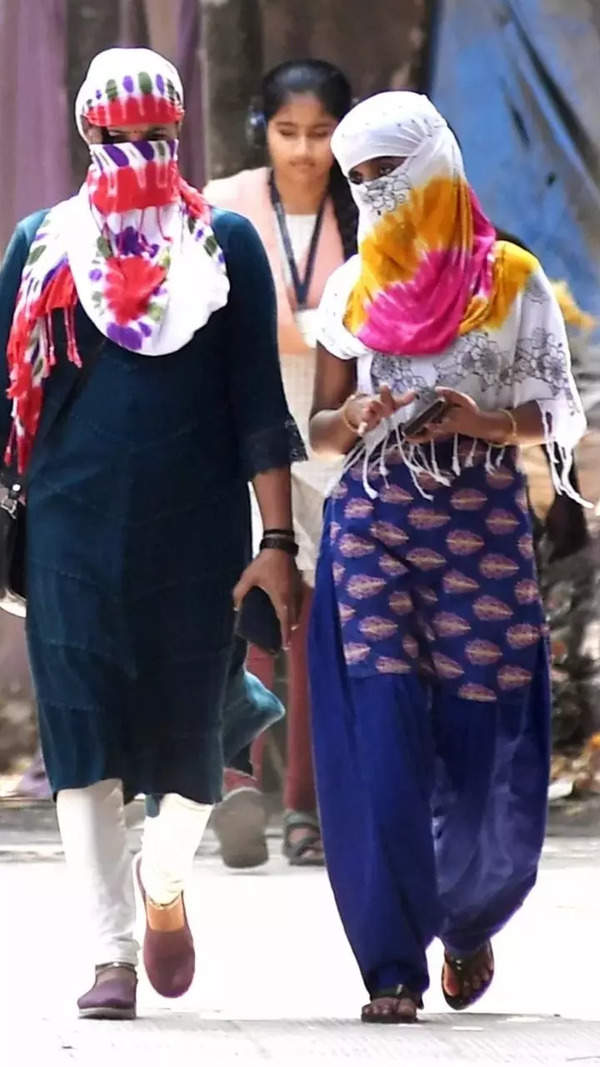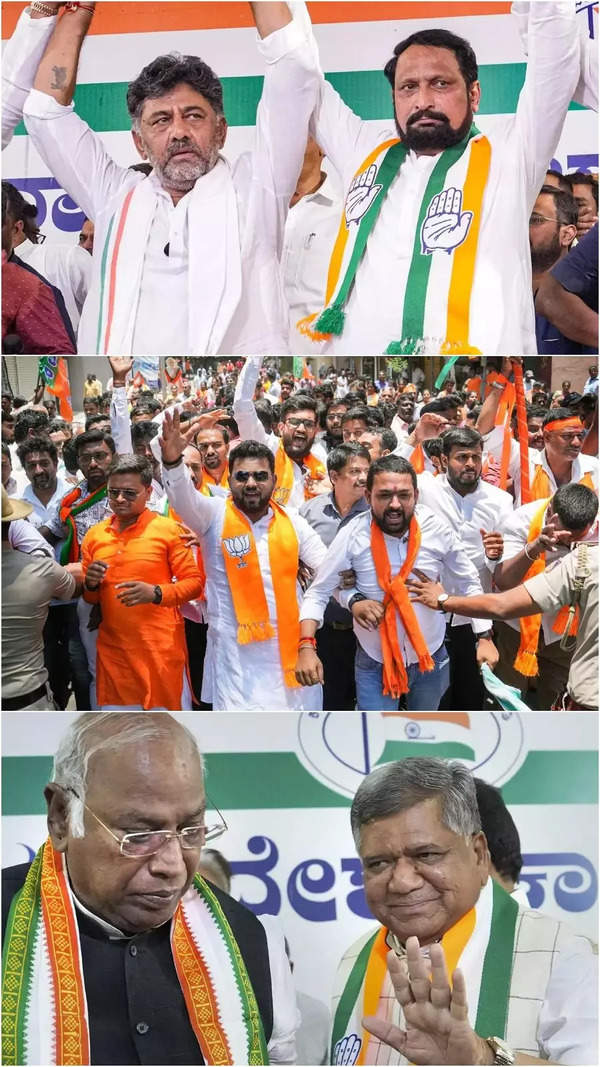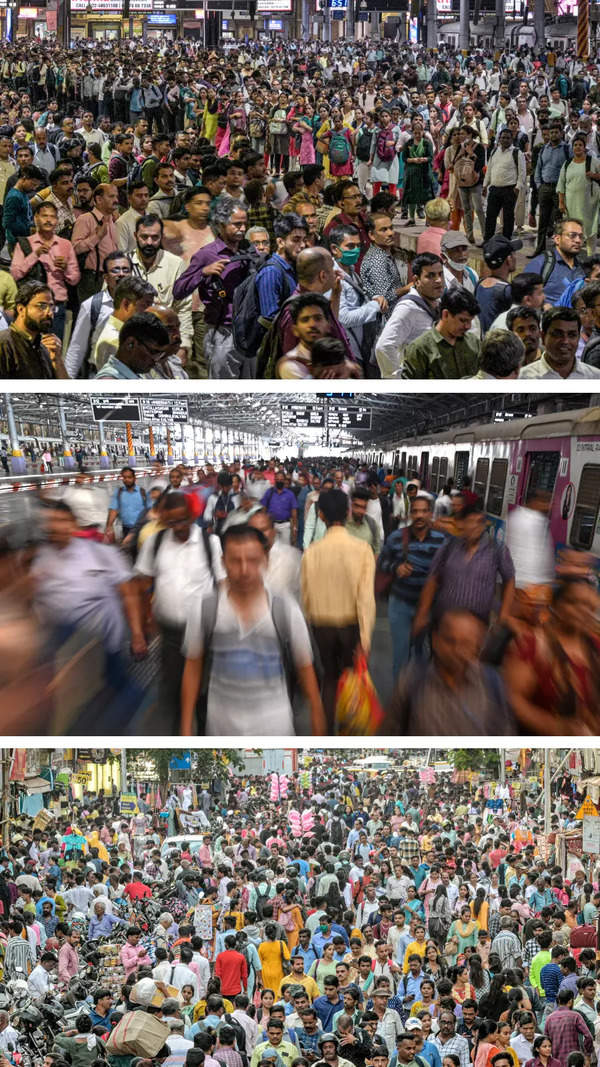Trending Topics
Rediscovering Vamona’s versatility
As businessman Varun Albuquerque goes about work at his Panaji office, from behind his seat, striking crimson red and cerulean blue hues grab one’s attention from the imposing painting hanging on the wall. It is a prized possession for Albuquerque.
The painting depicts Lord Ganesha as never seen before, slaying a demon as he rides a horse. His usually calm eyes look unsettled.
Few, at least in Goa, would associate the work with the famed Goan artist, Vamona Ananta Sinai Navelcar.
“The painting was a work in progress when I saw it. It is a rare portrayal of Lord Ganesha and I was impressed by the details and had to acquire it. It had a finesse to it which is unique to Vamona Navelcar,” says Albuquerque, speaking ahead of Navelcar’s birth anniversary on May 5.
The artist may have worked across three continents of Asia, Europe and Africa, and his art may adorn museums in nearly every major city in the world, but in his home state of Goa, he found recognition only towards the fag end of his life.
Vamona was known in Goa mostly for his fluid line work and varied versions of The Last Supper and paintings inspired by the works of the iconic Indian writer, Rabindranath Tagore.
It is only after his demise at the age of 91 in October 2021 that Vamona’s family and friends are discovering the true range of the themes and treatment of his paintings, a versatility now believed to be possibly unmatched for an artist. Collectors too have come forward with works by Vamona, which are providing art lovers an entirely new insight into his art.
Suhas Shilkar, an abstract painter for over 40 years, first met Vamona even before the former joined art college. Shilkar recalls a time when the artist dabbled in abstract paintings and did a series featuring clowns.
“He was also deeply influenced by the poems of Portuguese poet Fernando Pessoa. As Pessoa’s writings were philosophical in nature, Vamona decided to translate them into a series of abstract paintings. But as people understand, and therefore relate more to figurative works, Vamona is mostly known in Goa for his works like versions of The Last Supper,” says Shilkar.
It is chartered accountant V B Prabhu Verlekar, an avid collector of Vamona’s works, who first informed the world of the coloured landscape painting of Hotel Republica in Panaji, a genre later rarely tackled by the artist. The work even has a three-dimensional effect.
“He was versatile in artistic techniques. Few know that his mediums ranged from stained glass, iron work and tapestry to ink work, watercolour and oil painting, to name a few. He specialised in murals and bas-relief composed of metallic, wooden and glass structures,” says Prabhu Verlekar, who has also written two books on Vamona’s art.
Shilkar recalls another series by Vamona depicting rural life in Mozambique, where the artist had worked as a school teacher.
“Even historically, few artists have lived to have created works like Vamona without any common line running through them,” says Ronak Kamat, a young filmmaker, who, along with his friend Ashley Fernandes, extensively filmed Vamona for a documentary that is in post-production stages.
“It is absurd. It is as if the artist himself is hiding and you cannot really find him. He never bothered to stick to any conventional norms and constantly challenged himself. Usually, people get comfortable with painting a certain way and then they continue with the technique for the rest of their lives, especially when they start attracting buyers. But Vamona was never bothered by such things. He only followed his inner voice,” says Kamat.
Marius Fernandes, who worked to familiarise Goan youth with Vamona’s art by organising a festival to celebrate the artist, feels the artist was way ahead of his time.
“In the 1970s, his painting ‘Mother and Child’ featured on postcards created by Unicef and were displayed in embassies around the world,” says Fernandes. “But it is sad that the youth of Goa are largely unfamiliar with the works of this unbelievably versatile artist.”
The painting depicts Lord Ganesha as never seen before, slaying a demon as he rides a horse. His usually calm eyes look unsettled.
Few, at least in Goa, would associate the work with the famed Goan artist, Vamona Ananta Sinai Navelcar.
“The painting was a work in progress when I saw it. It is a rare portrayal of Lord Ganesha and I was impressed by the details and had to acquire it. It had a finesse to it which is unique to Vamona Navelcar,” says Albuquerque, speaking ahead of Navelcar’s birth anniversary on May 5.
The artist may have worked across three continents of Asia, Europe and Africa, and his art may adorn museums in nearly every major city in the world, but in his home state of Goa, he found recognition only towards the fag end of his life.
Vamona was known in Goa mostly for his fluid line work and varied versions of The Last Supper and paintings inspired by the works of the iconic Indian writer, Rabindranath Tagore.
It is only after his demise at the age of 91 in October 2021 that Vamona’s family and friends are discovering the true range of the themes and treatment of his paintings, a versatility now believed to be possibly unmatched for an artist. Collectors too have come forward with works by Vamona, which are providing art lovers an entirely new insight into his art.
Suhas Shilkar, an abstract painter for over 40 years, first met Vamona even before the former joined art college. Shilkar recalls a time when the artist dabbled in abstract paintings and did a series featuring clowns.
“He was also deeply influenced by the poems of Portuguese poet Fernando Pessoa. As Pessoa’s writings were philosophical in nature, Vamona decided to translate them into a series of abstract paintings. But as people understand, and therefore relate more to figurative works, Vamona is mostly known in Goa for his works like versions of The Last Supper,” says Shilkar.
It is chartered accountant V B Prabhu Verlekar, an avid collector of Vamona’s works, who first informed the world of the coloured landscape painting of Hotel Republica in Panaji, a genre later rarely tackled by the artist. The work even has a three-dimensional effect.
“He was versatile in artistic techniques. Few know that his mediums ranged from stained glass, iron work and tapestry to ink work, watercolour and oil painting, to name a few. He specialised in murals and bas-relief composed of metallic, wooden and glass structures,” says Prabhu Verlekar, who has also written two books on Vamona’s art.
Shilkar recalls another series by Vamona depicting rural life in Mozambique, where the artist had worked as a school teacher.
“Even historically, few artists have lived to have created works like Vamona without any common line running through them,” says Ronak Kamat, a young filmmaker, who, along with his friend Ashley Fernandes, extensively filmed Vamona for a documentary that is in post-production stages.
“It is absurd. It is as if the artist himself is hiding and you cannot really find him. He never bothered to stick to any conventional norms and constantly challenged himself. Usually, people get comfortable with painting a certain way and then they continue with the technique for the rest of their lives, especially when they start attracting buyers. But Vamona was never bothered by such things. He only followed his inner voice,” says Kamat.
Marius Fernandes, who worked to familiarise Goan youth with Vamona’s art by organising a festival to celebrate the artist, feels the artist was way ahead of his time.
“In the 1970s, his painting ‘Mother and Child’ featured on postcards created by Unicef and were displayed in embassies around the world,” says Fernandes. “But it is sad that the youth of Goa are largely unfamiliar with the works of this unbelievably versatile artist.”

About the Author
Gauree MalkarnekarGauree Malkarnekar, senior correspondent at The Times of India, Goa, maintains a hawk's eye on Goa's expansive education sector. And when she is not chasing schools, headmasters and teachers, she turns her focus to crime. Her entry into journalism was purely accidental: a trained commercial artist, she landed her first job as a graphic designer with a weekly, but less than a fortnight later set aside the brush and picked up the pen. Ever since she has not complained.
Start a Conversation
FOLLOW US ON SOCIAL MEDIA
FacebookTwitterInstagramKOO APPYOUTUBE



